Categories
Latest Updates
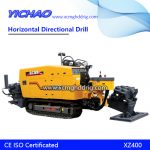
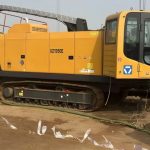
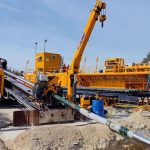
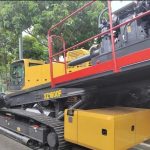
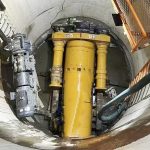
With the continuous deepening of urban modernization, urban underground pipelines (such as sewage pipelines, water pipelines, gas pipelines, heat pipelines, power cables and communication cables, etc.) will become more and more dense, forming a huge underground pipeline network system. Since the service life of all pipelines is limited, when they are used for a certain period of time, they will inevitably be damaged due to various reasons.
At the same time, the modernization of the city is changing with each passing day, and the pipelines laid in the past often cannot meet the needs of today’s modern city development. These lines that have reached the end of their useful life and cannot meet needs must be repaired or replaced. The in-situ replacement technology of trenchless engineering pipeline refers to the pipeline replacement technology that guides the old pipeline to be replaced, and pulls or jacks the new pipeline while breaking it.
The technique is to insert the appropriate size HDPE pipe inside the old pipe that needs to be repaired. Utilizing the rigidity and strength of the original pipeline as a load-bearing structure and the corrosion resistance, wear resistance, and penetration resistance of HDPE pipes, a “pipe-in-pipe” composite structure is formed so that the repaired pipeline has the comprehensive performance of steel pipes and HDPE pipes. This technology utilizes the characteristic that the HDPE pipe can automatically restore the original physical shape after deformation, and uses special equipment to reduce the diameter of the IdDE pipe. Before inserting the liner, the liner is pulled into the target pipe with a certain traction force and speed, and the tension is cancelled. , the liner returns to its original diameter and fits tightly with the outer tube. The outer diameter of the liner is slightly larger than the inner diameter of the original pipe. After 1-311*910=2-9+7*3 lining is completed, the liner and the original pipe are firmly combined, and the thickness of the liner can be designed according to the needs.
Main technical performance
The thickness of the liner is 4-20mm; the operating temperature is -40°C-60°C; the operating pressure is 1.2 times the working pressure of the original pipeline.
Technical features: (Compared with other old pipeline repair methods, the interpenetration method has the following characteristics for repairing old pipelines)
a. High pressure bearing capacity. The old steel pipe with a wall thickness of 7mm is drilled with a 12n plate hole, and after being lined with HDPE pipe, the pressure bearing capacity can reach more than 2MPa;
b. Low cleaning requirements for old pipelines, reducing pigging time and investment;
c. The repair distance is long at one time, and the excavation points and excavation volume of the working pit are small;
d. Forming method of exit liner
